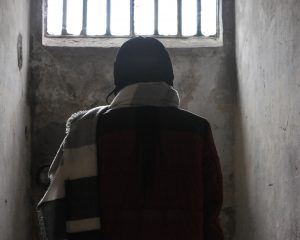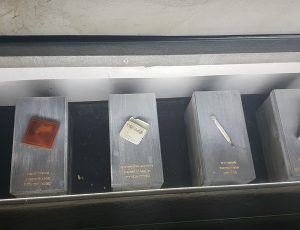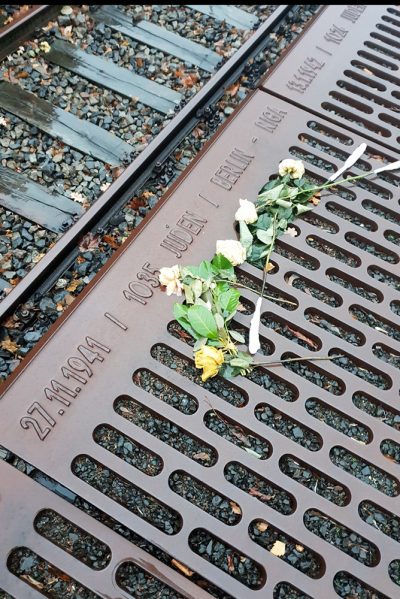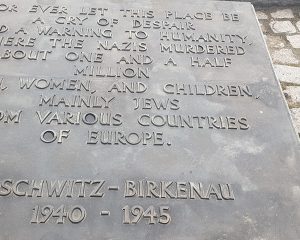Confronting our Past through a Distant Mirror:
Reflections on the Holocaust as a tool for teaching about Memory and Justice in South Africa
“Artefacts of the People who Became Ash”
Photo: Ronel Koekemoer
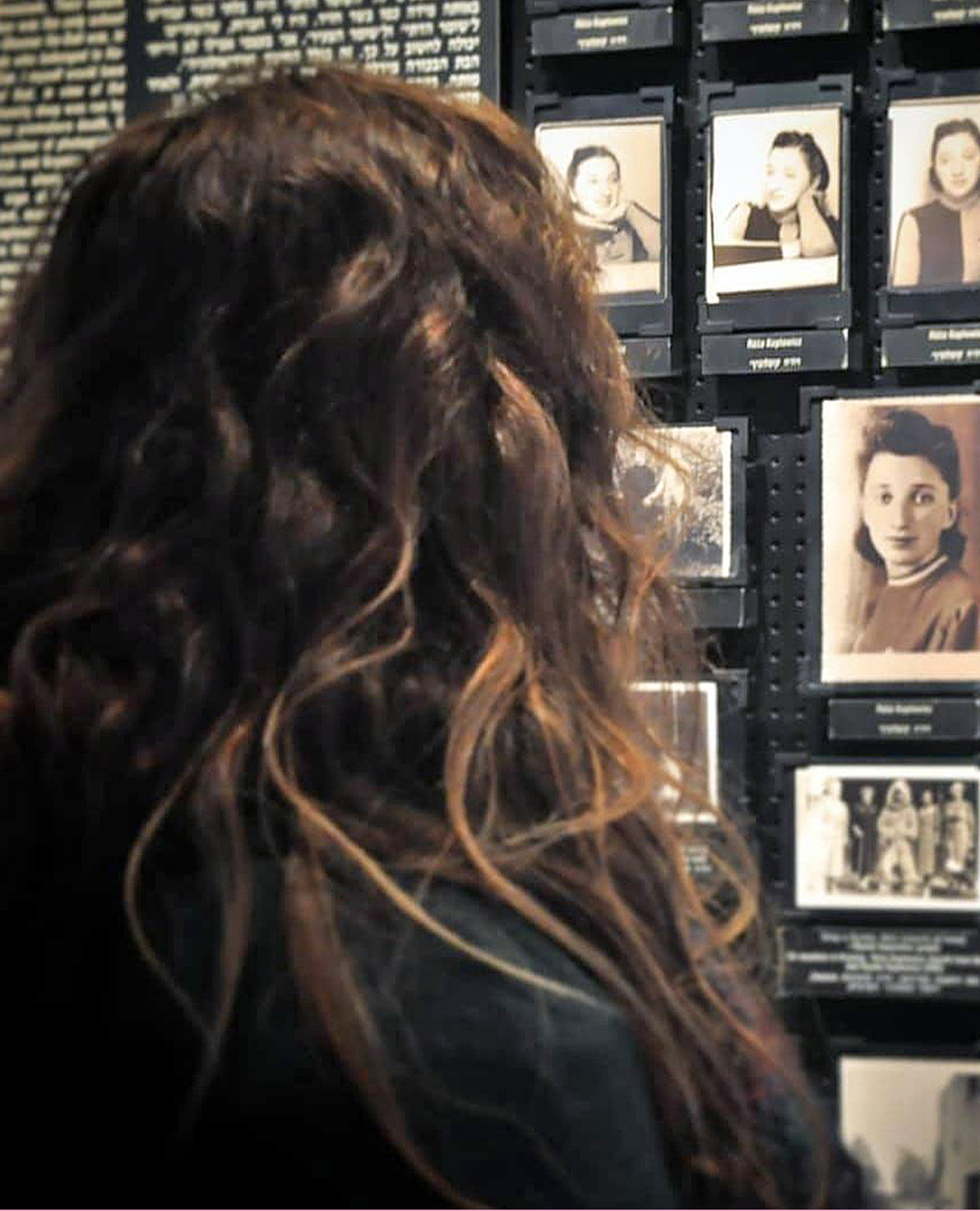
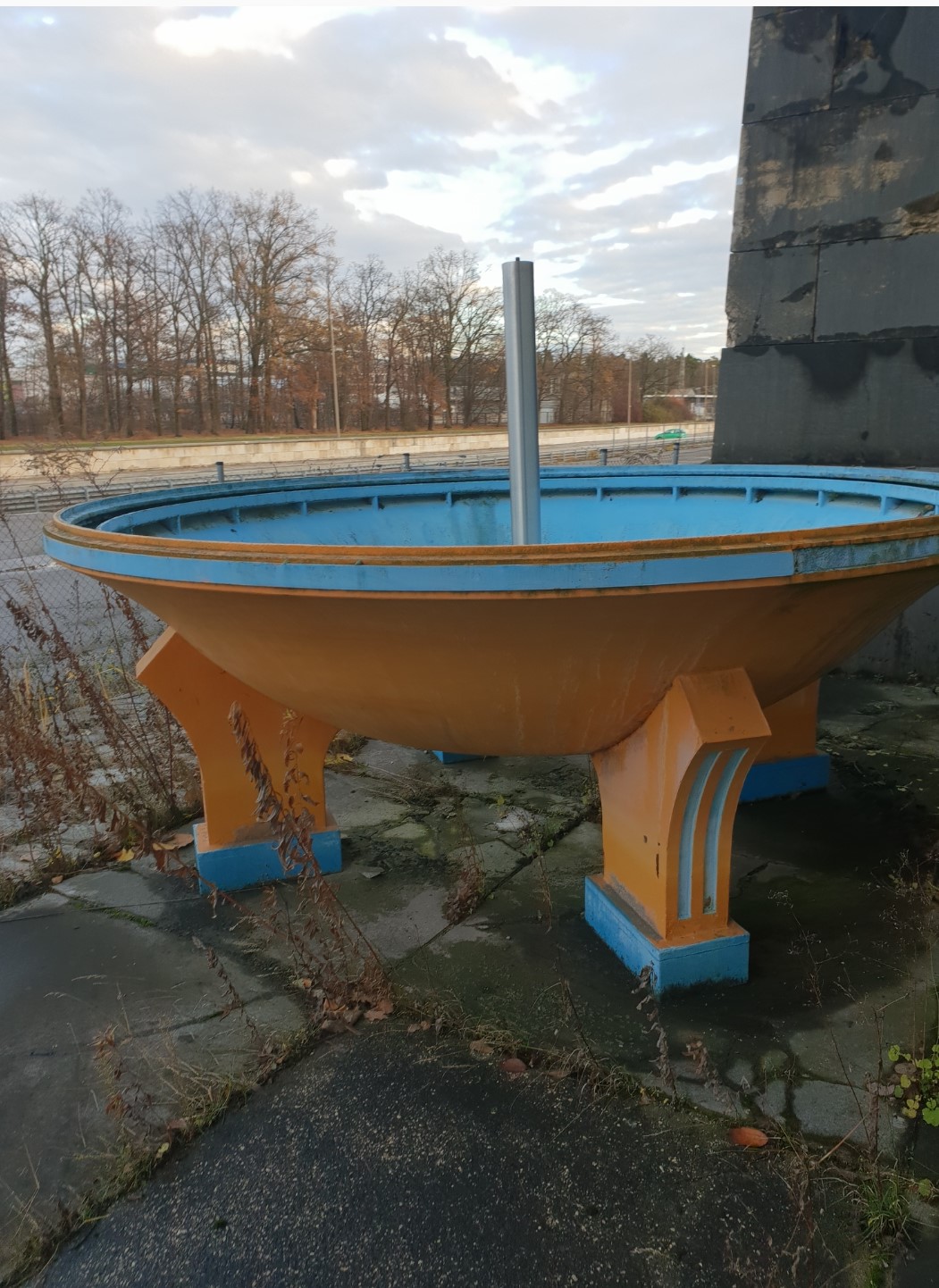
Photo: Auswärtiges Amt – Politisches Archiv
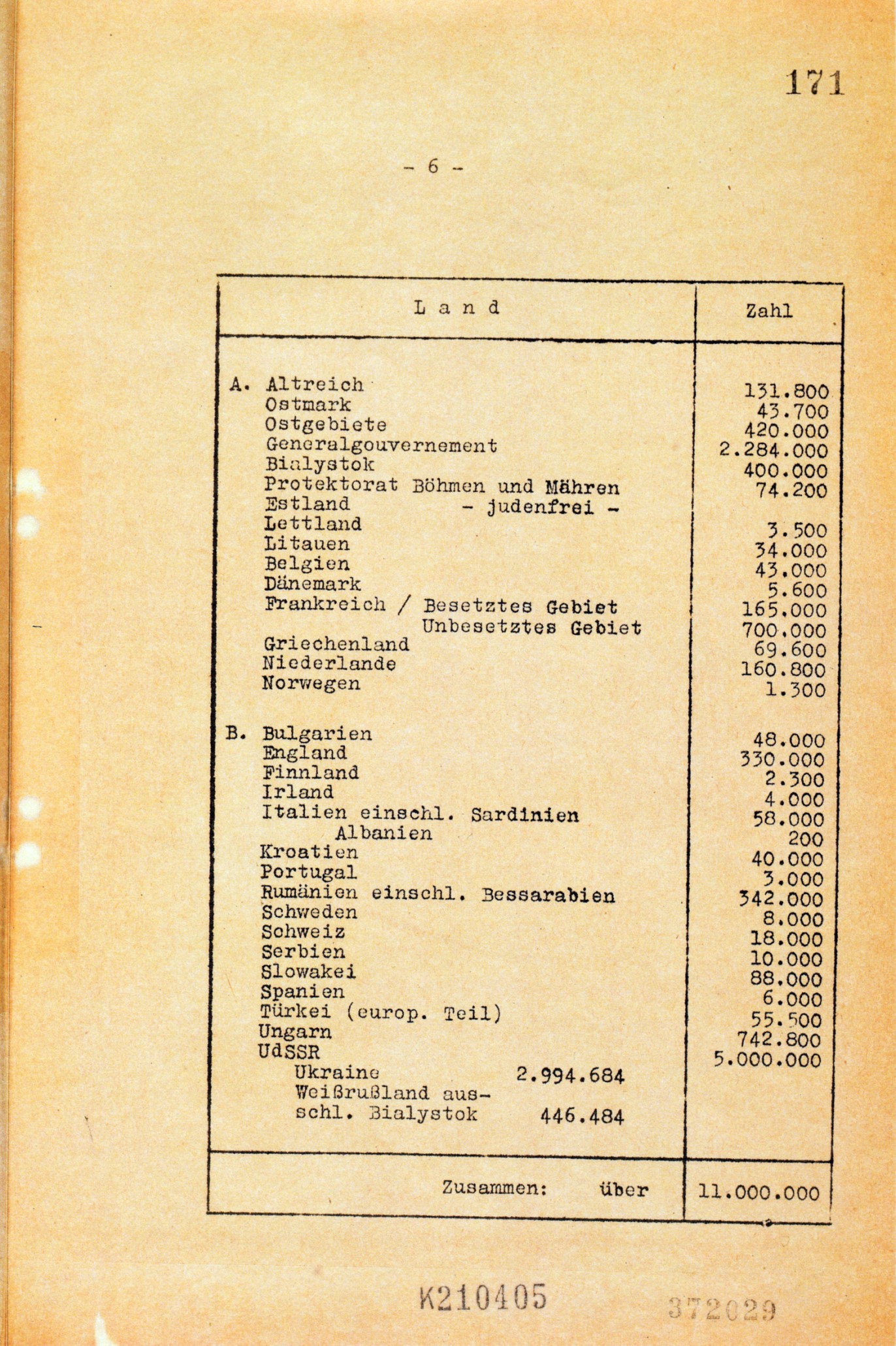
“The door opens and a boy in a striped suit comes in … we throng around him with a flood of questions which till now we had asked each other in vain…I asked him (with an ingenuousness that only a few days later already seemed incredible to me) if at least they would give us back our tooth brushes. He did not laugh, but with his face animated by fierce contempt, he threw at me … this refrain that we hear repeated by everyone: you are not at home, this is not a sanitorium, the only exit is by way of the chimney”.
Photos: Ronel Koekemoer
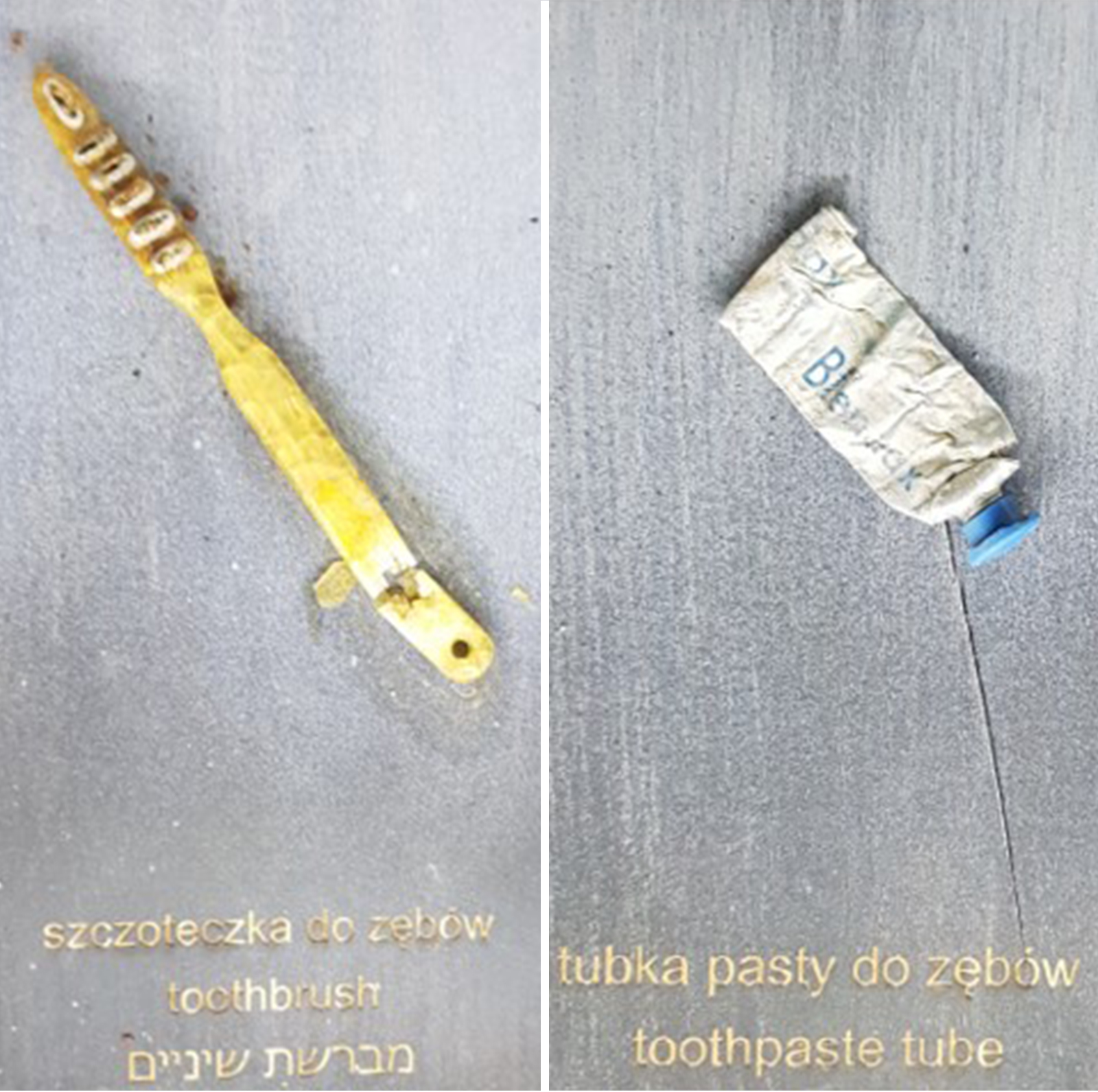
Photo: Ronel Koekemoer
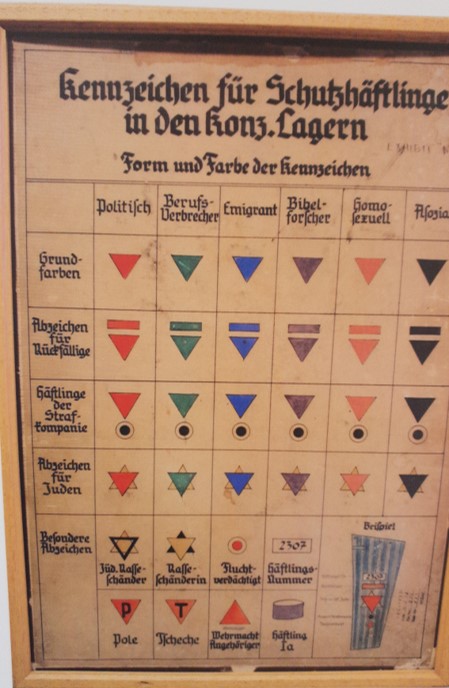
Photo: Ronel Koekemoer
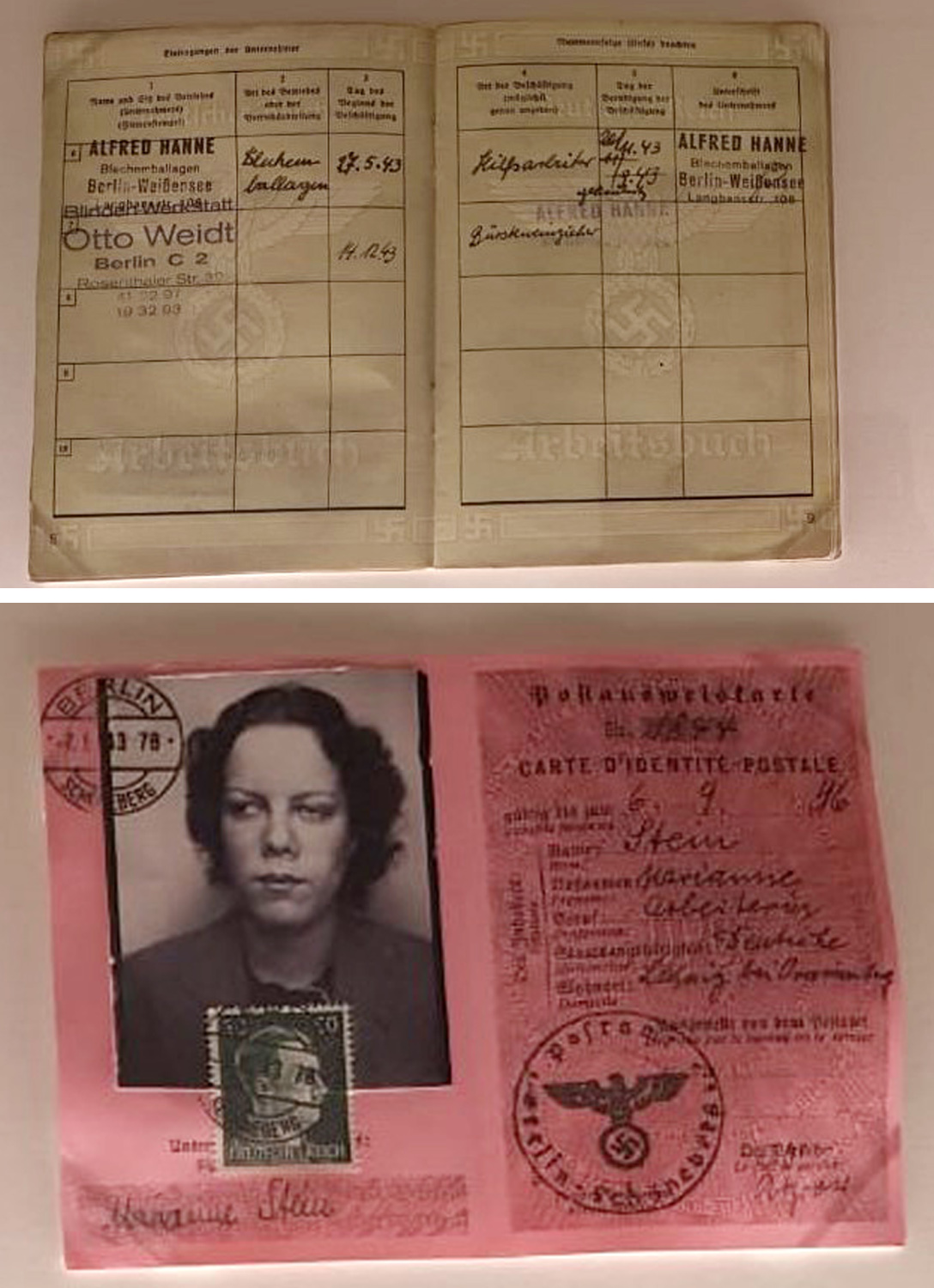
Photo: Ayanda Nxusani
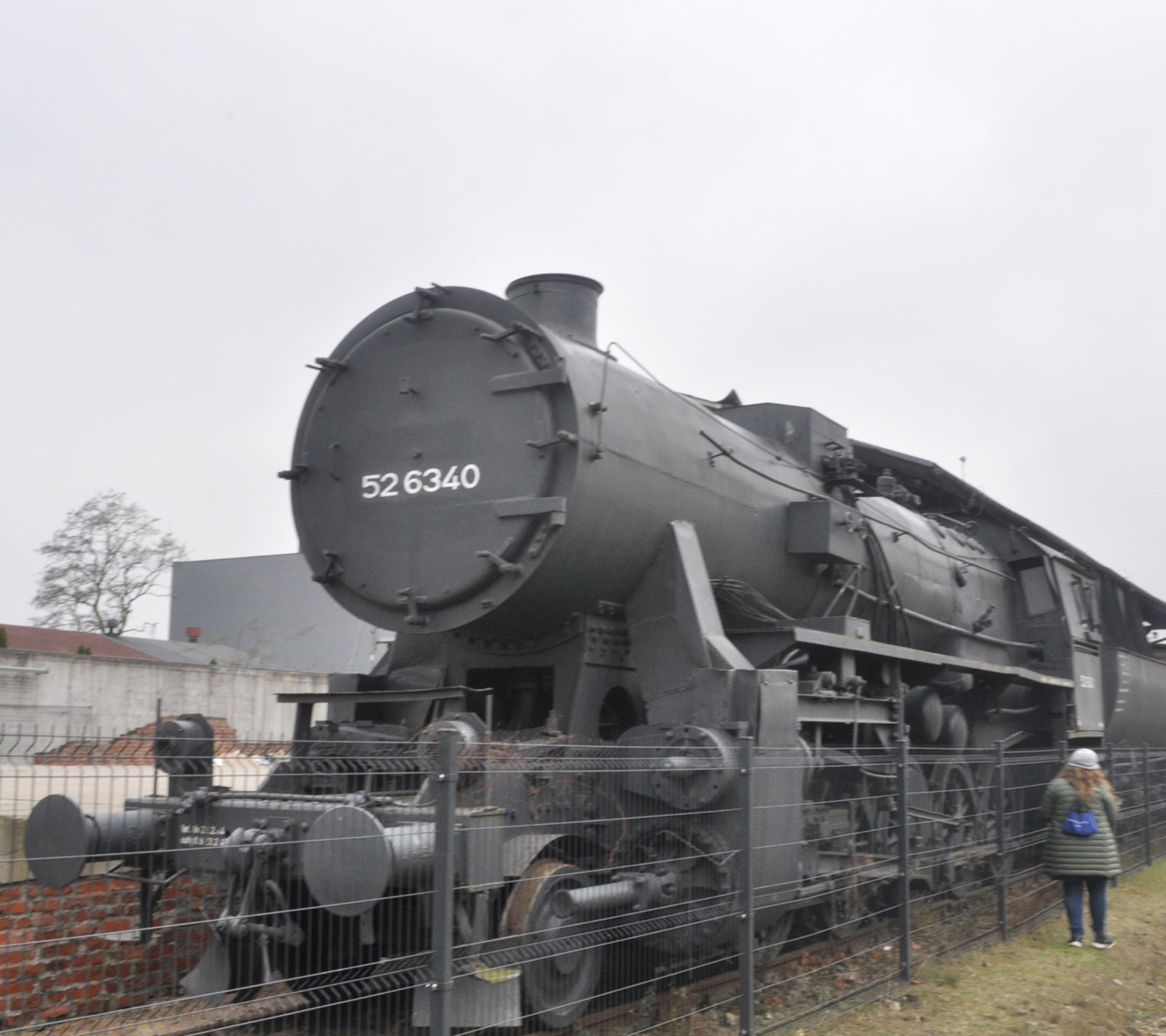
Photo: Ronel Koekemoer
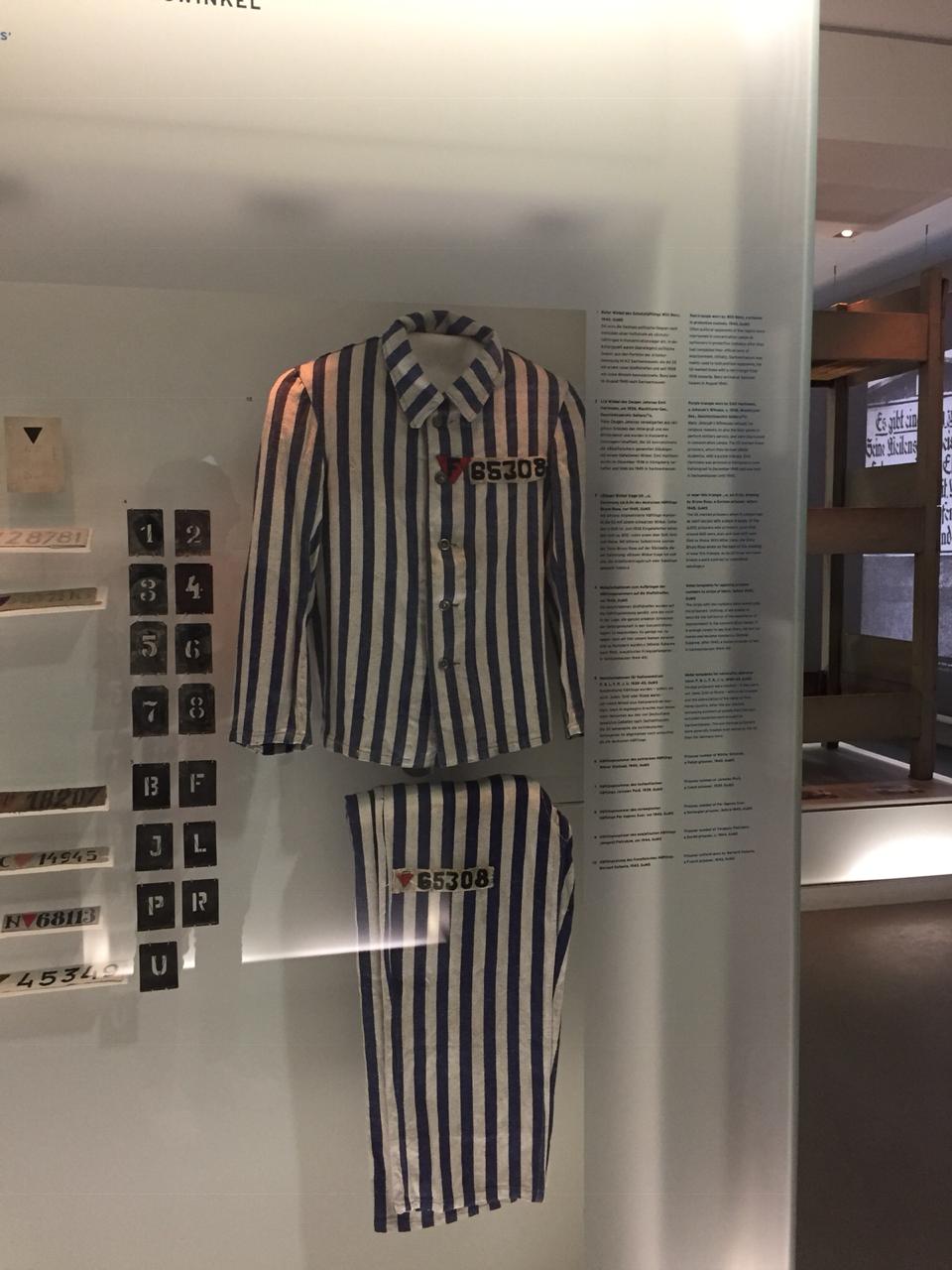
Photo: Ronel Koekemoer
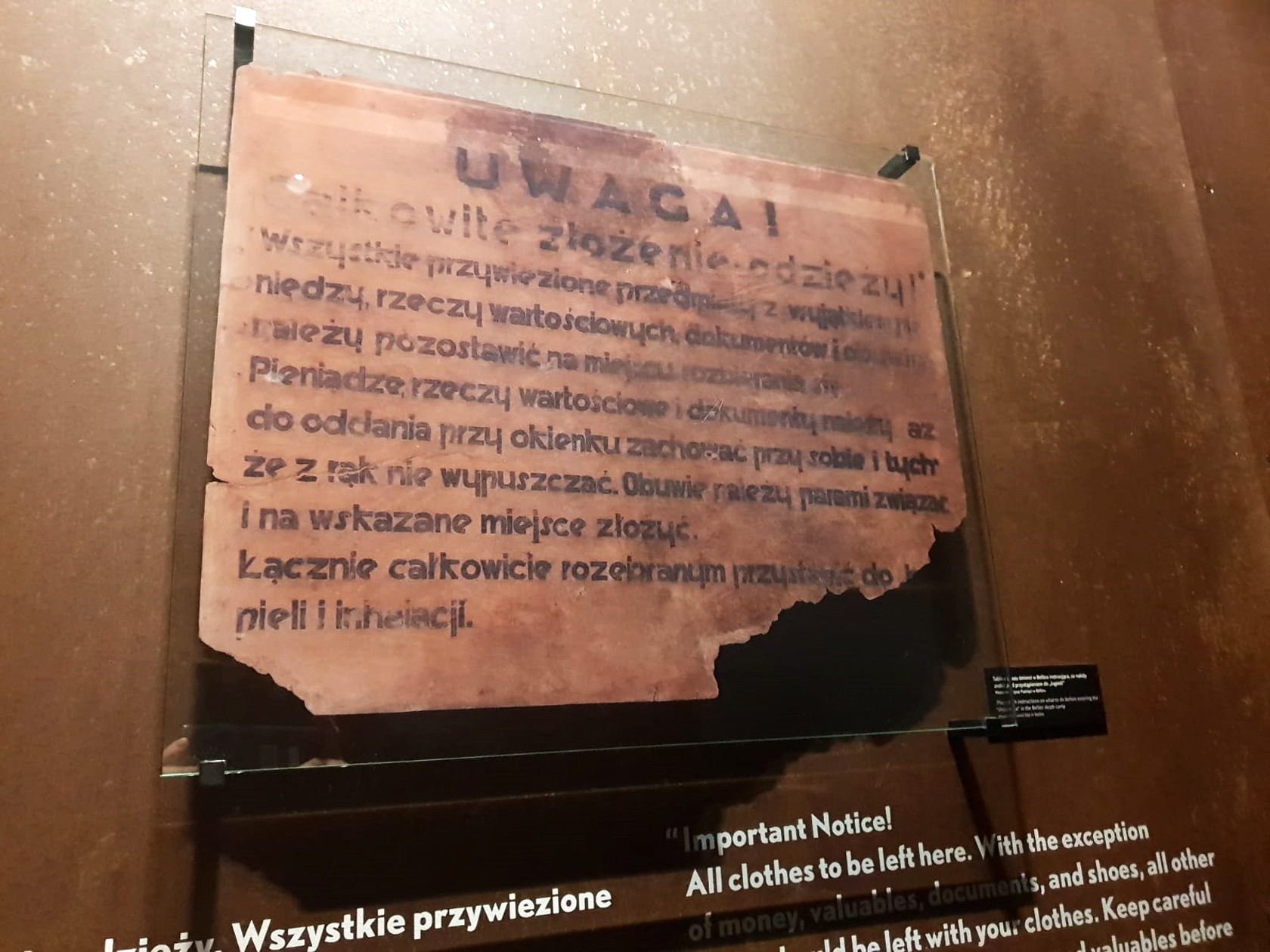
Photographed during the Remah Synagogue visit.
Photo: Ronel Koekemoer
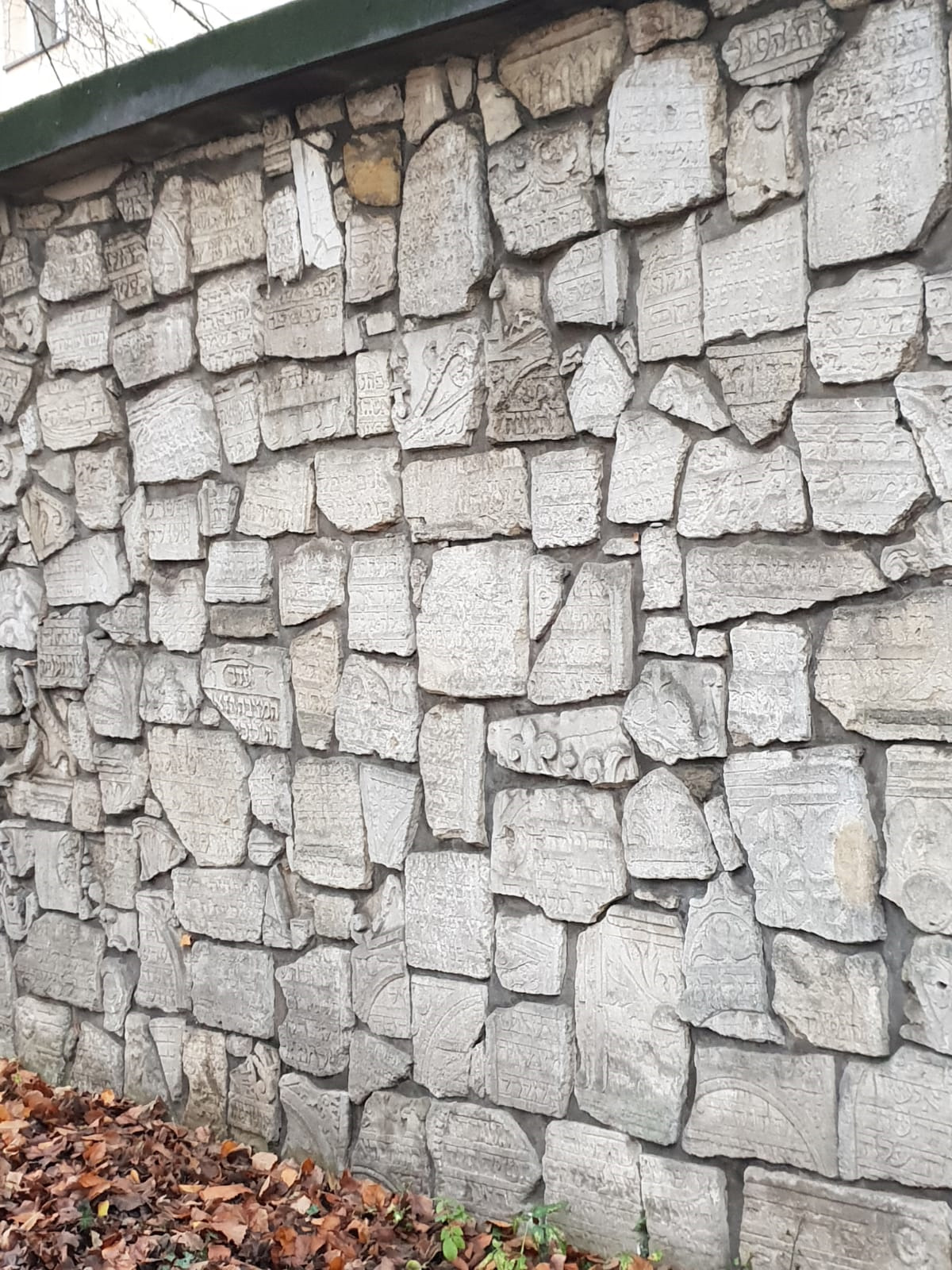
Photo: Emmanuel Santos
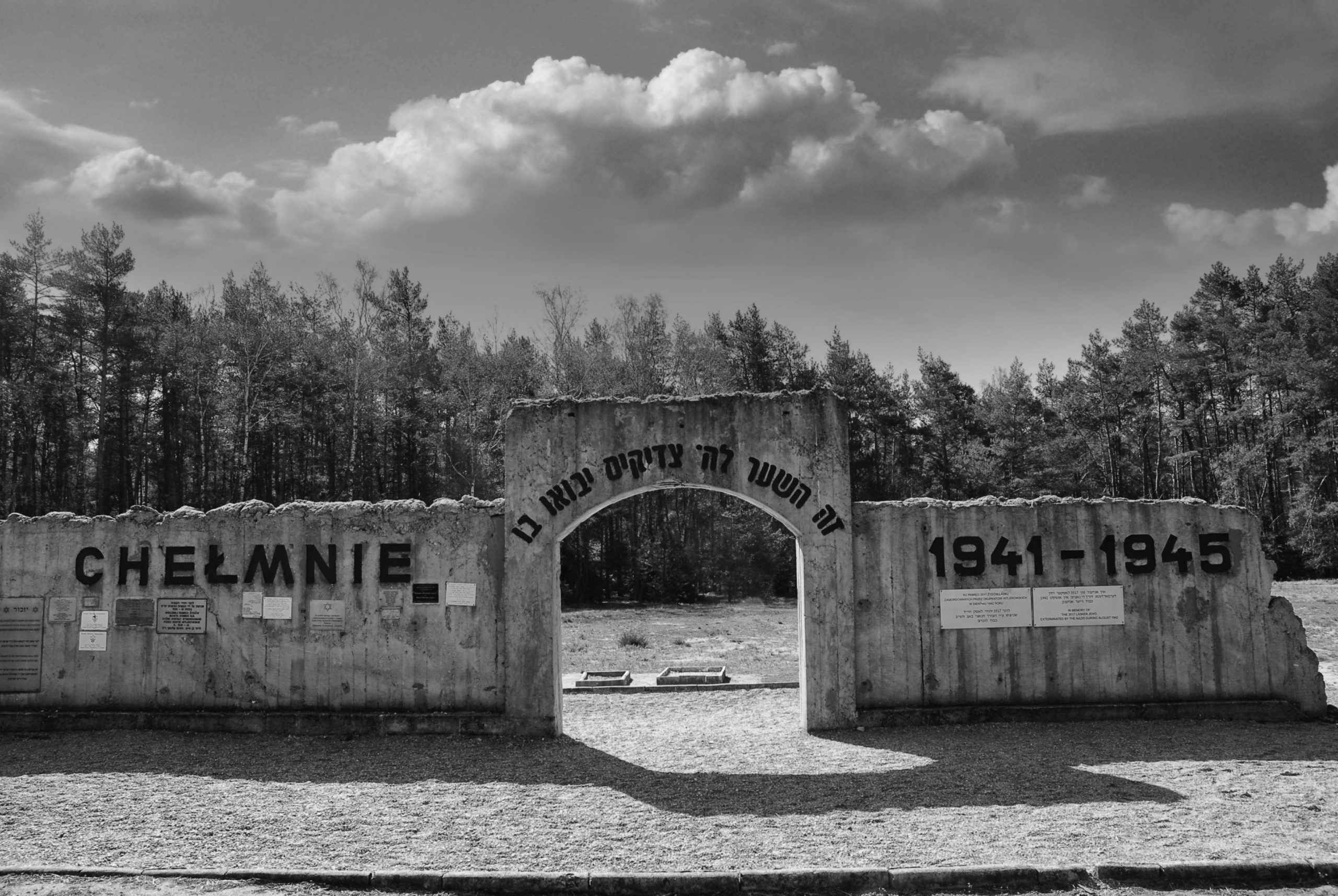
Photo: Kuhle Mnisi
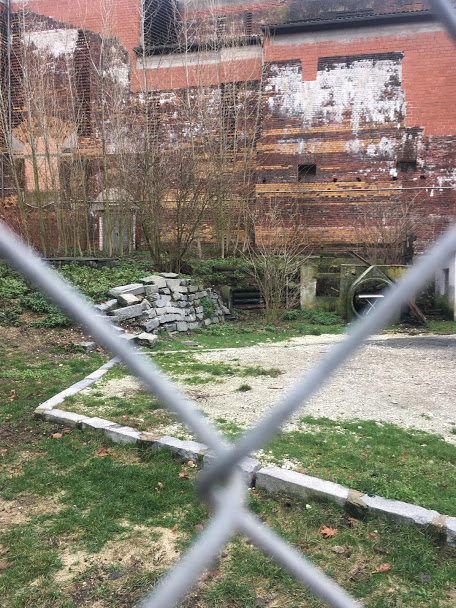
Symbolic headstones at the Radegast Memorial in Lodz, Poland.
Photo: Muziwakithu Maseko.
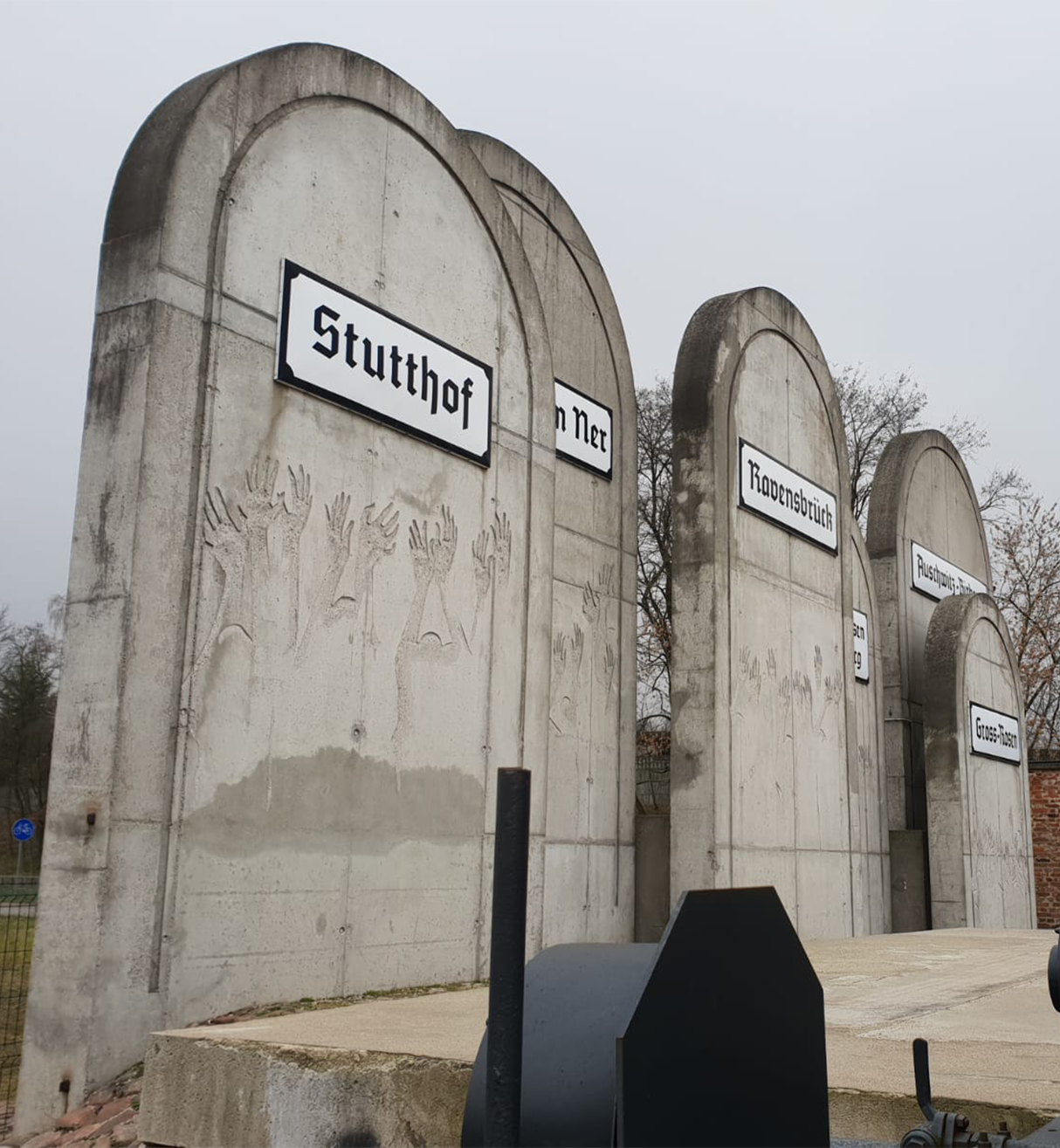
Photo: Muziwakithu Maseko
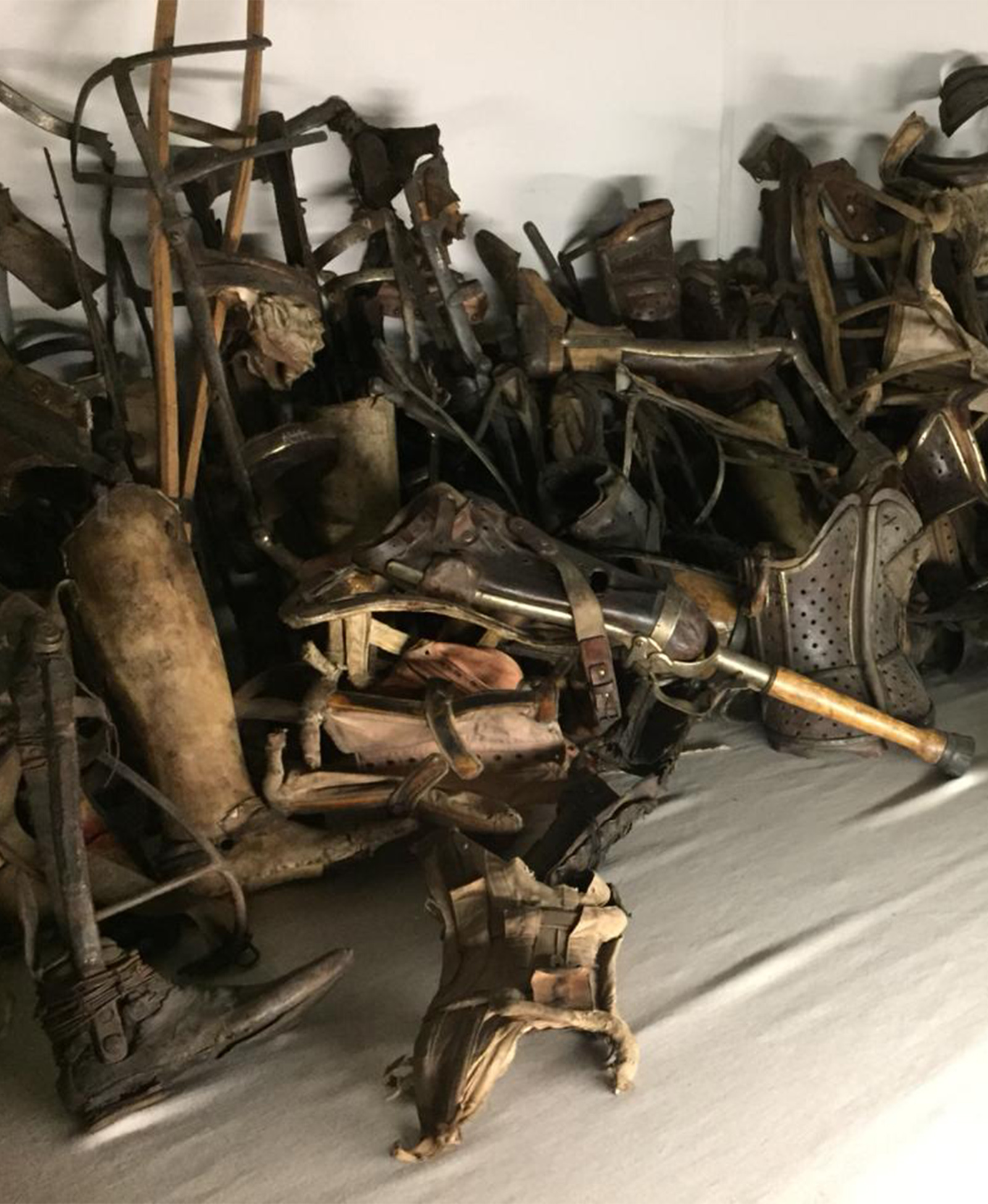
Photo: Muziwakithu Maseko
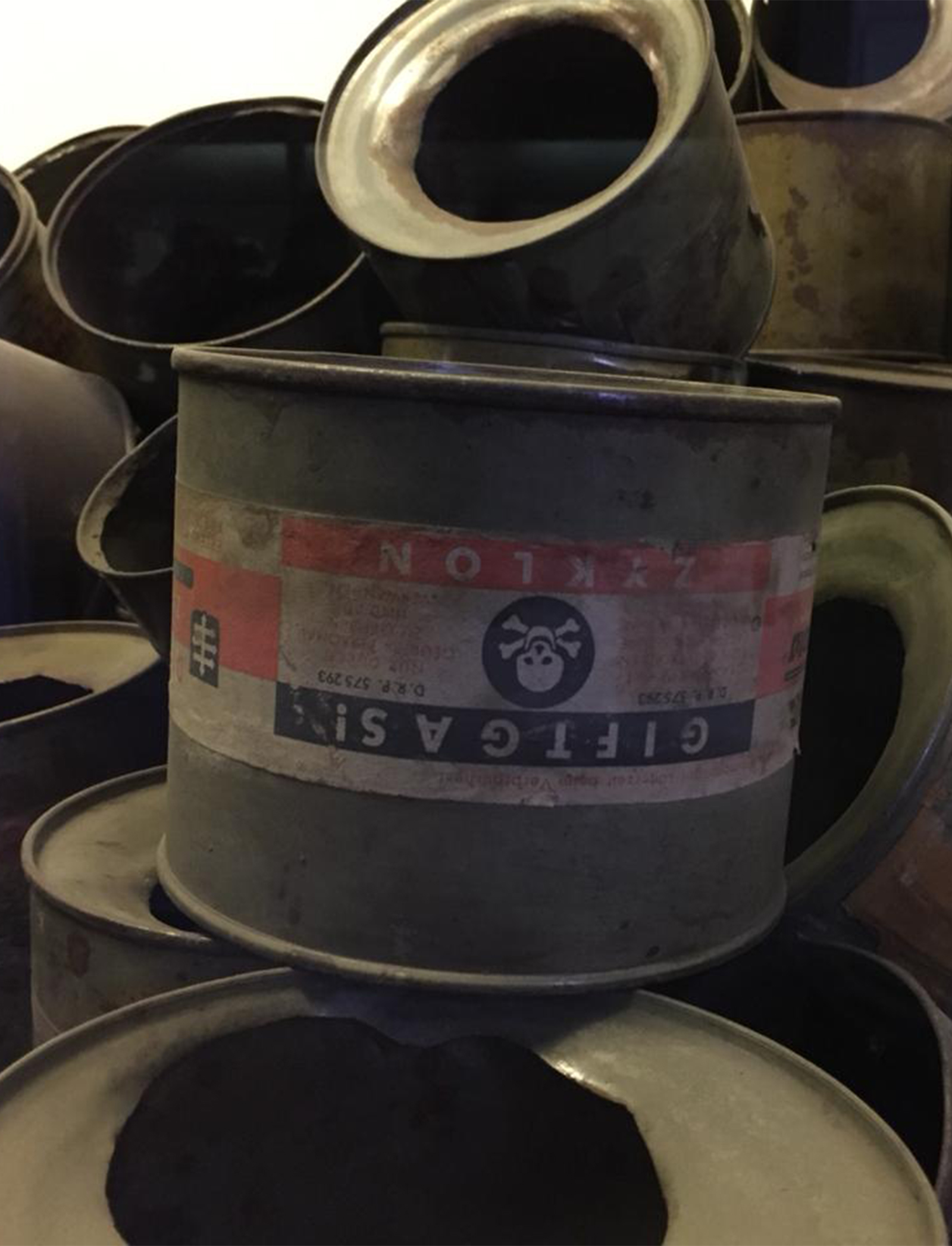
Photo: Ronel Koekemoer
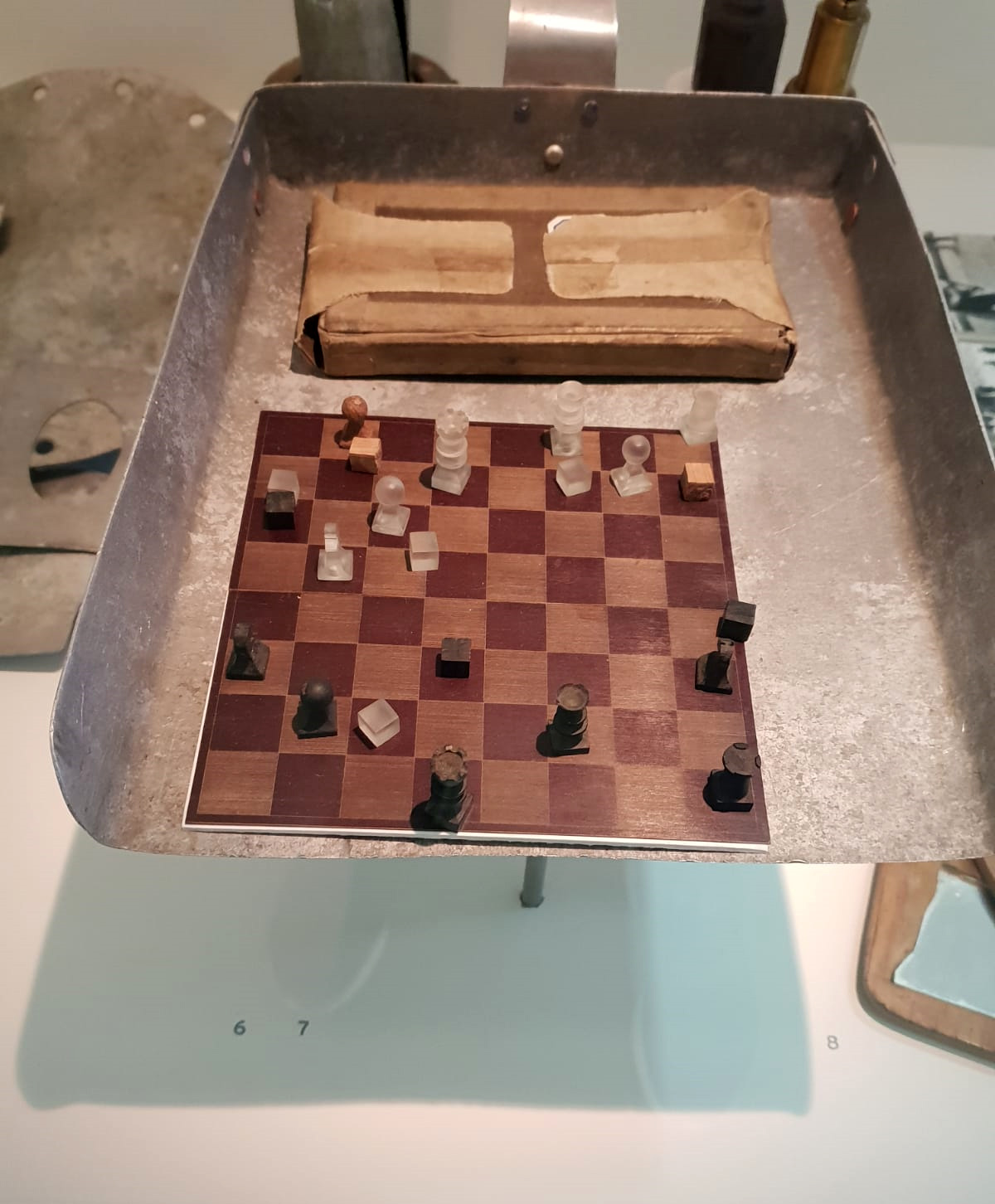
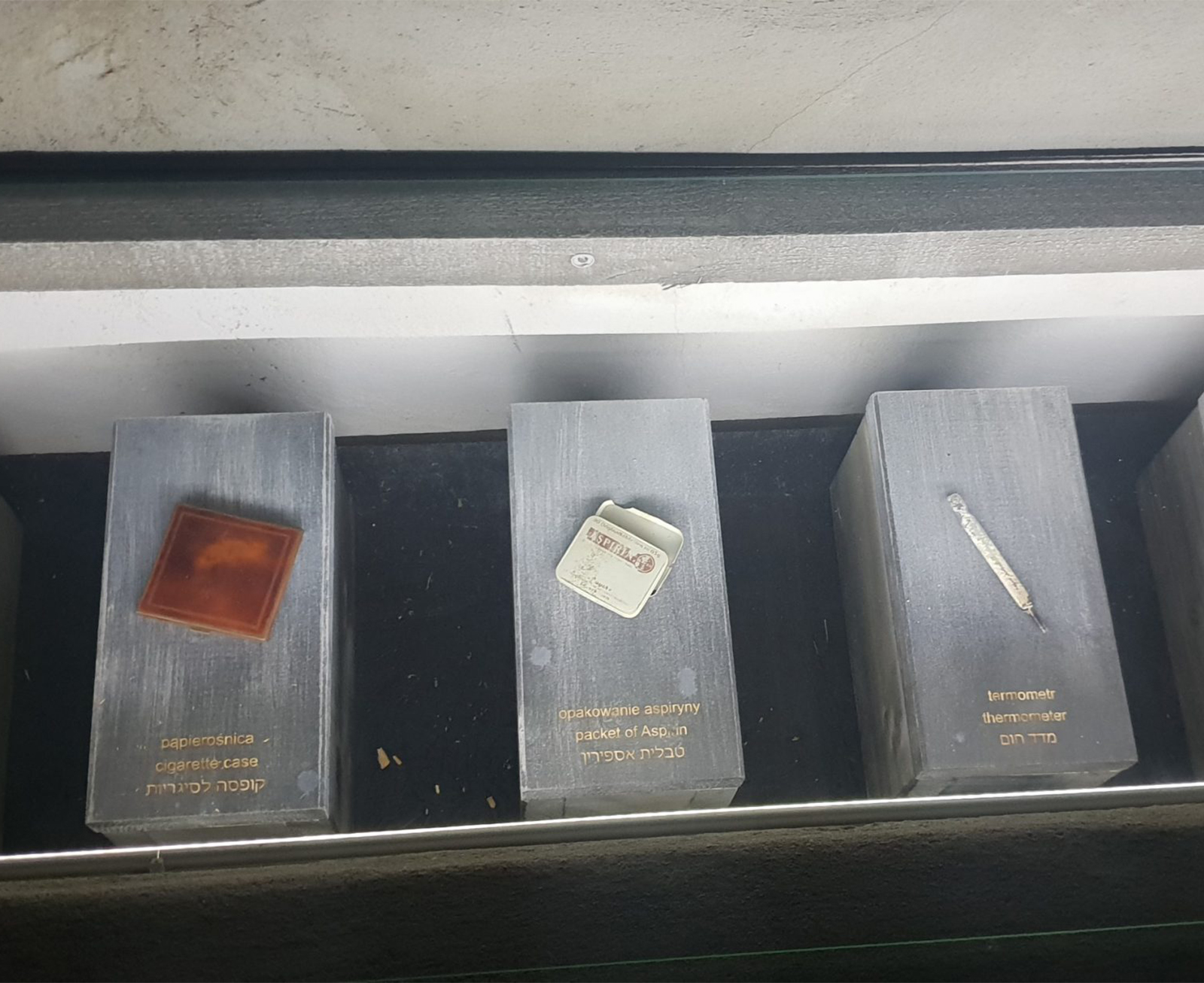
Photo: Ronel Koekemoer
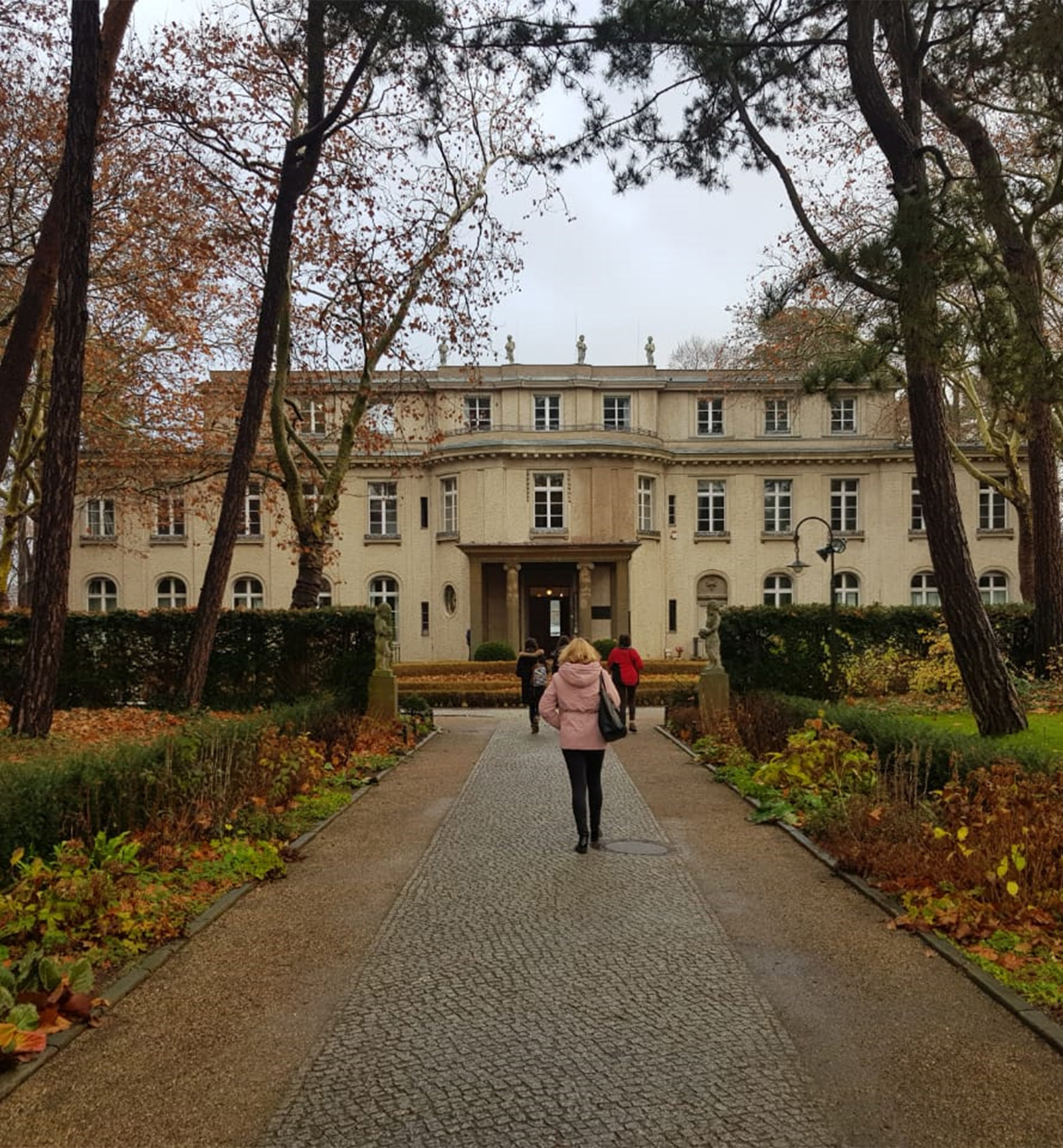
Reon van der Merwe
“The final exhibit that impacted me at Auschwitz I was the exhibition filled with personal belongings from all the Jewish families taken to the camp. There was a morbid poetry behind these items, that told the story of people, each one with hopes and dreams for their unique future. But they were also proof of a future cut short…”
Tshegofatso Masenya
“Another picture [drawn by children in the camps] was that of birds. And I wondered if it signified the longing for the freedom that the birds had. Or if the birds in the sky were the only positive thing in their world because the world surrounding them was filled with gloom.”
Cassandra Da Cruz:
“Visiting Wannsee House reminded me of how the highest-ranked in a regime are comfortably sheltered from the reality of the horrors they have created, much like that of South Africa during Apartheid.”
Shannon Cupido
“Walking around the forest at Chelmno I attempted to read every single one of the plaques that loved ones of those murdered had put up. One read: “This is for our mother and sister, who were killed here, and for our father, who grieved them for the rest of his life”. I burst into tears, not only because of the horrors committed at the camp, but because those horrors resulted in family dinners and parties left unattended, kisses and hugs that were not given, lives and loves irrevocably disturbed and now captured in three or four sentences on plaques that however solemn and respectful and tender they might be can never come close to what the real thing must have looked, sounded, or felt like.”
Photo: Ronel Koekemoer


Photo: Auswärtiges Amt – Politisches Archiv

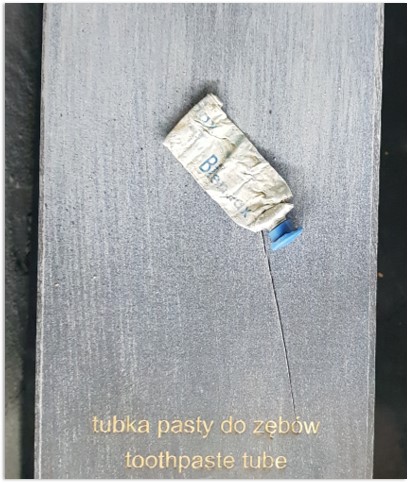
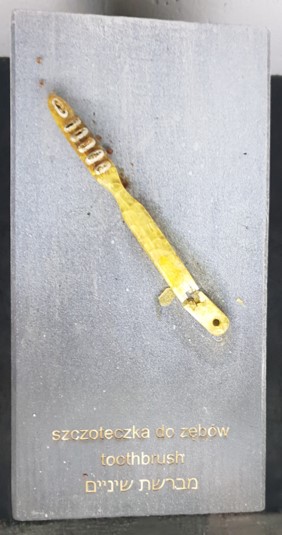
Photo: Ronel Koekemoer

Photo: Ronel Koekemoer

Photo: Ayanda Nxusani
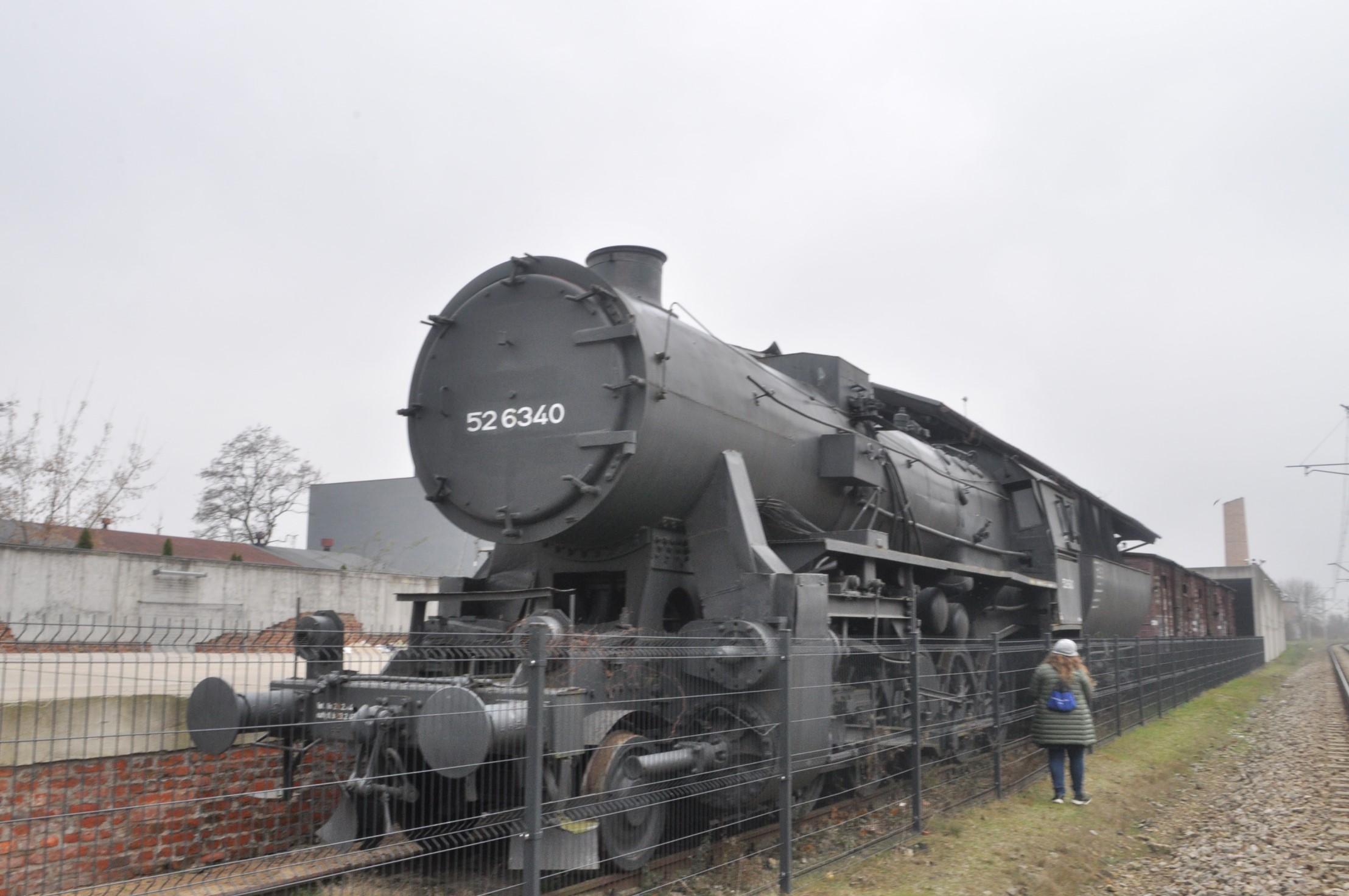
Photo: Ronel Koekemoer

Photo: Ronel Koekemoer

Photo: Ronel Koekemoer

Photo: Emmanuel Santos

Photo: Kuhle Mnisi

Photo:Ayanda Nxusani
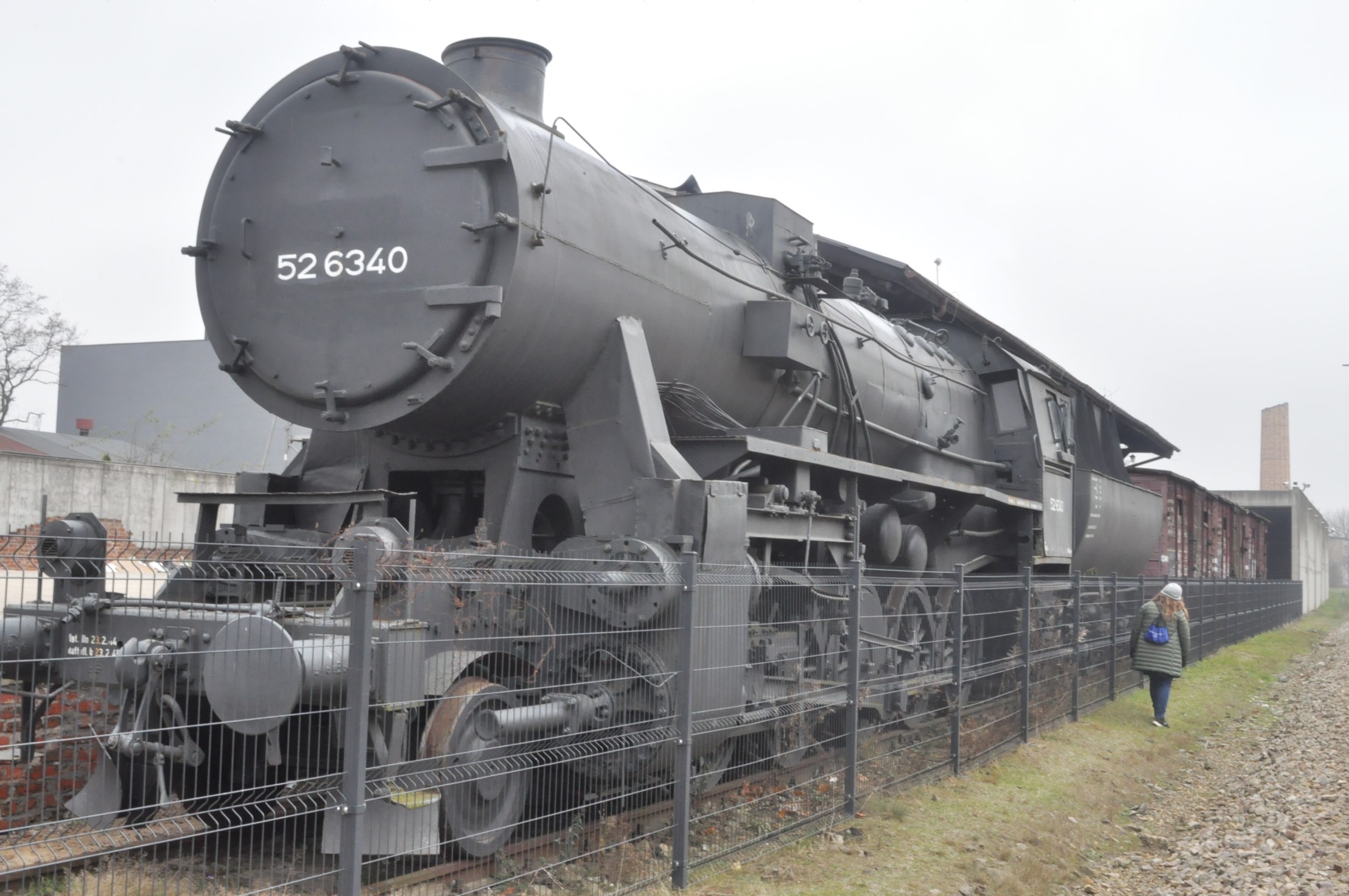
Photo: Muziwakithu Maseko
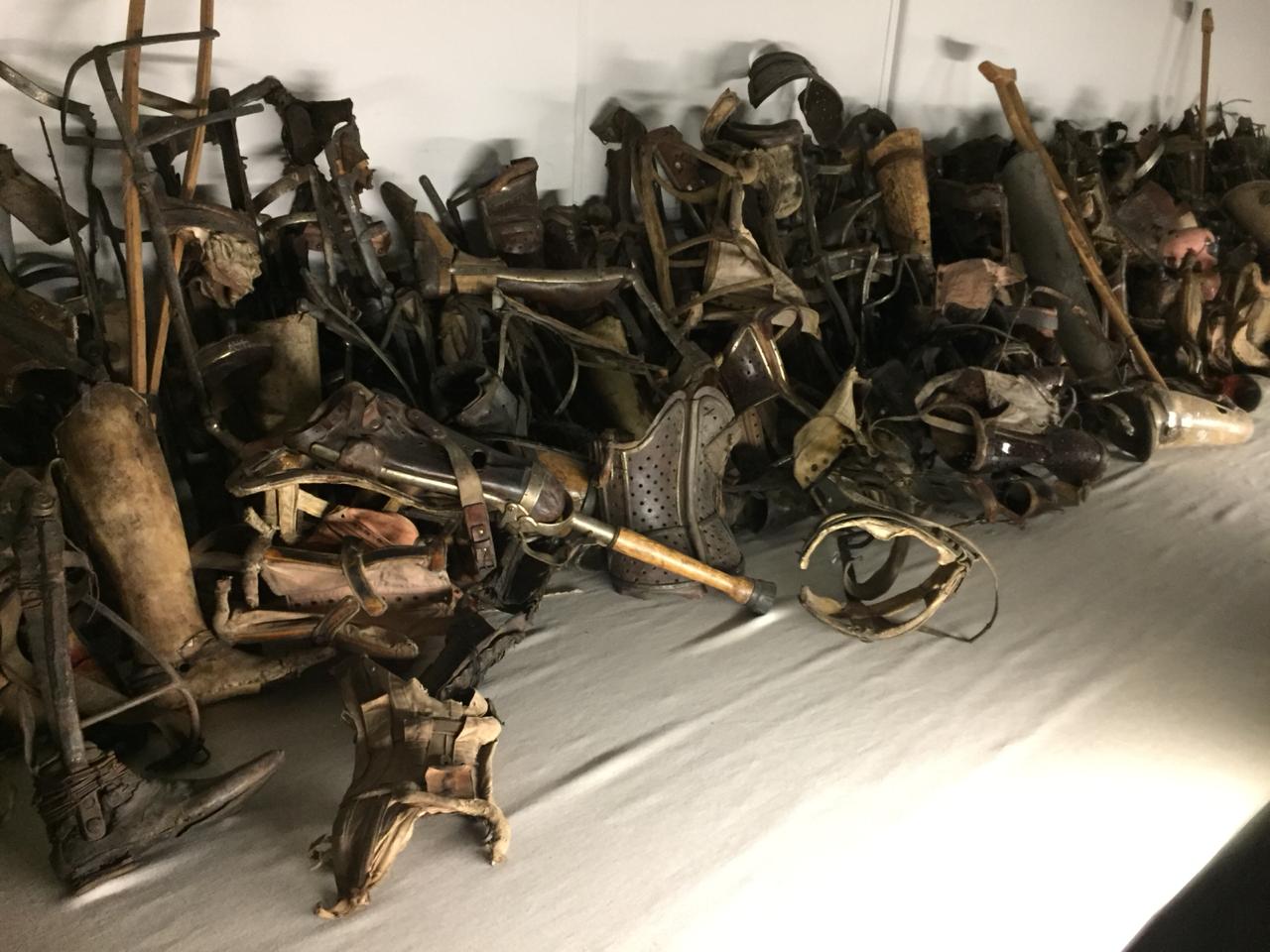
Photo: Muziwakithu Maseko
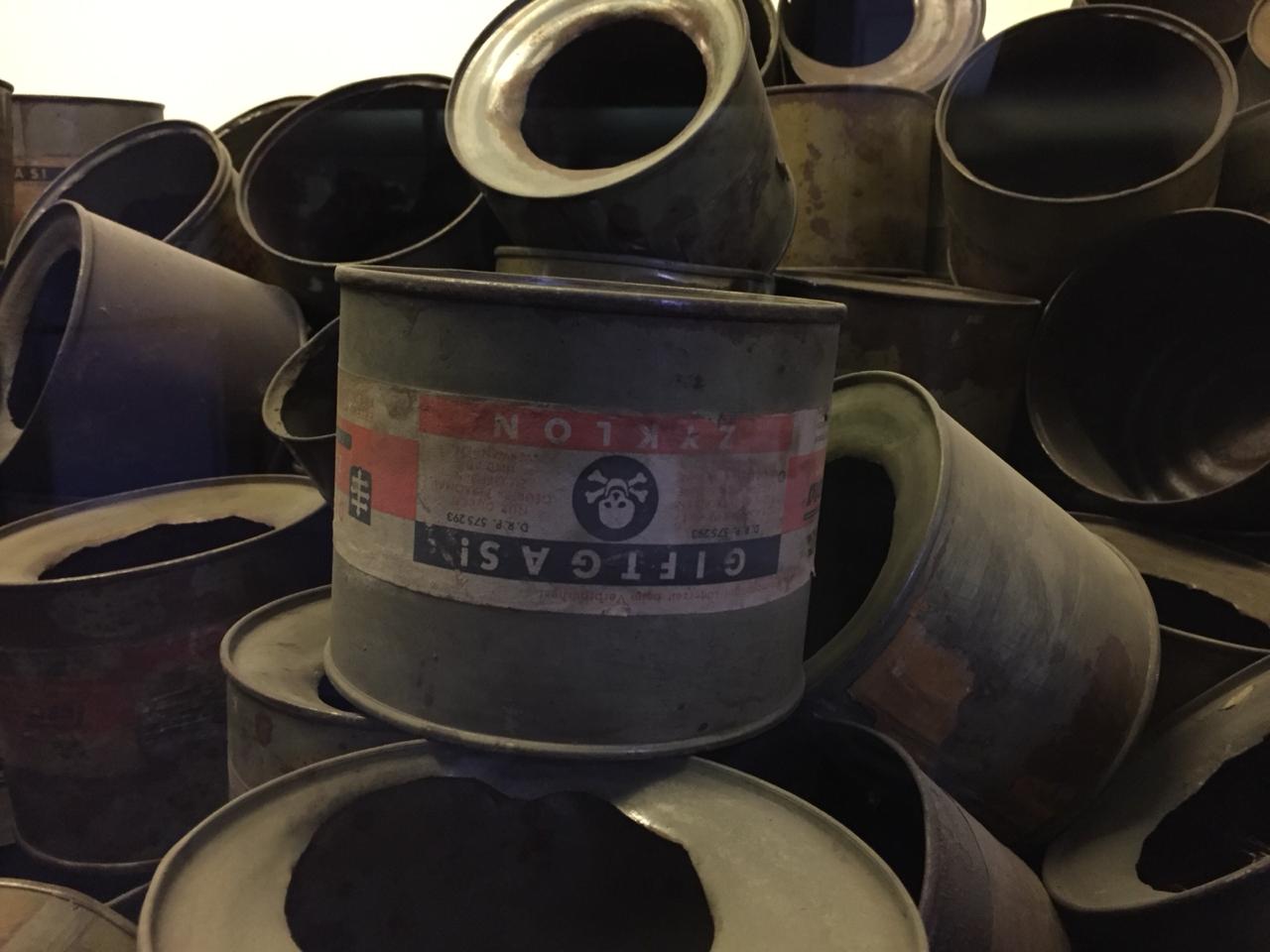
Photo: Ronel Koekemoer

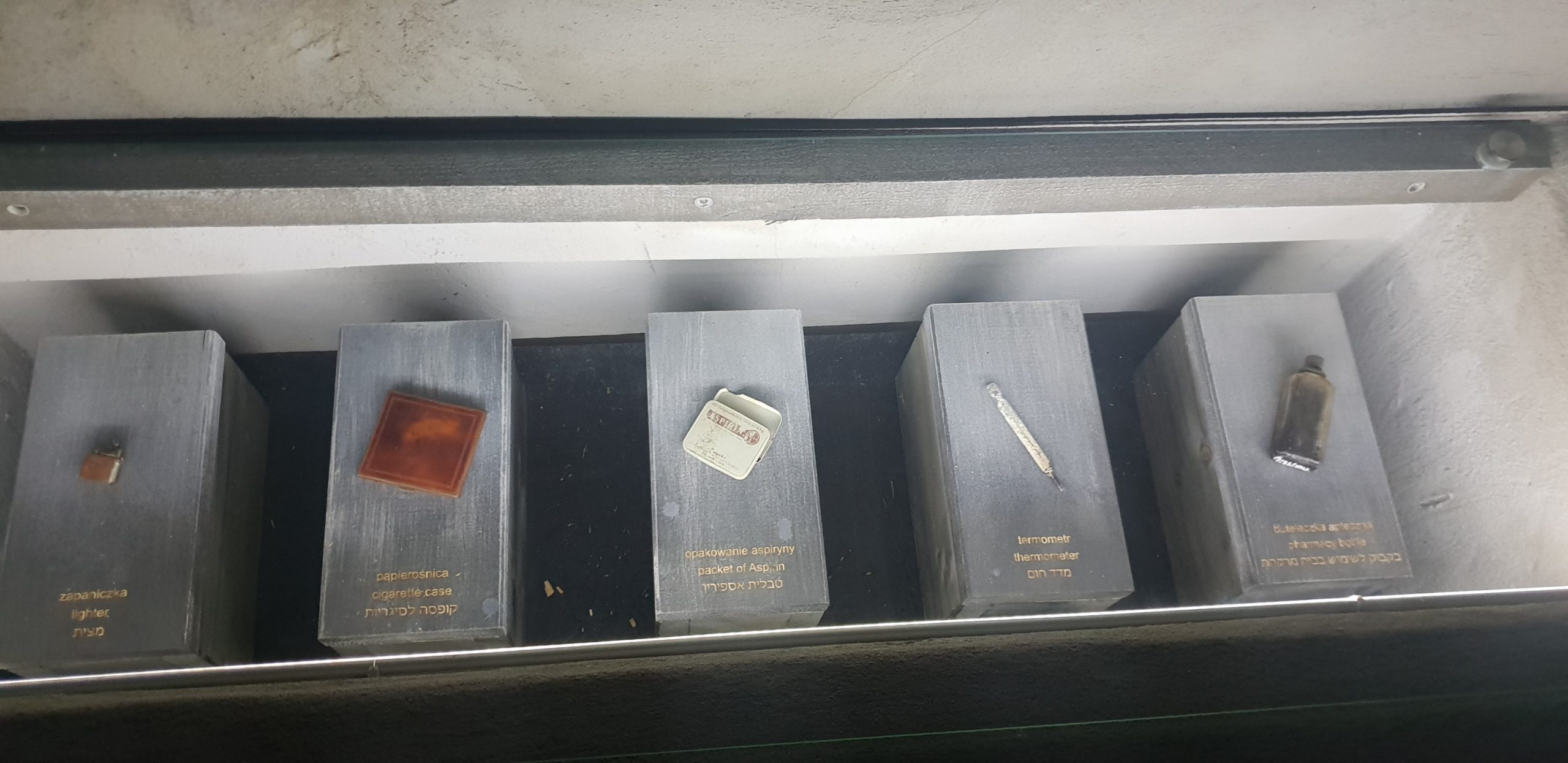
Photo: Ronel Koekemoer
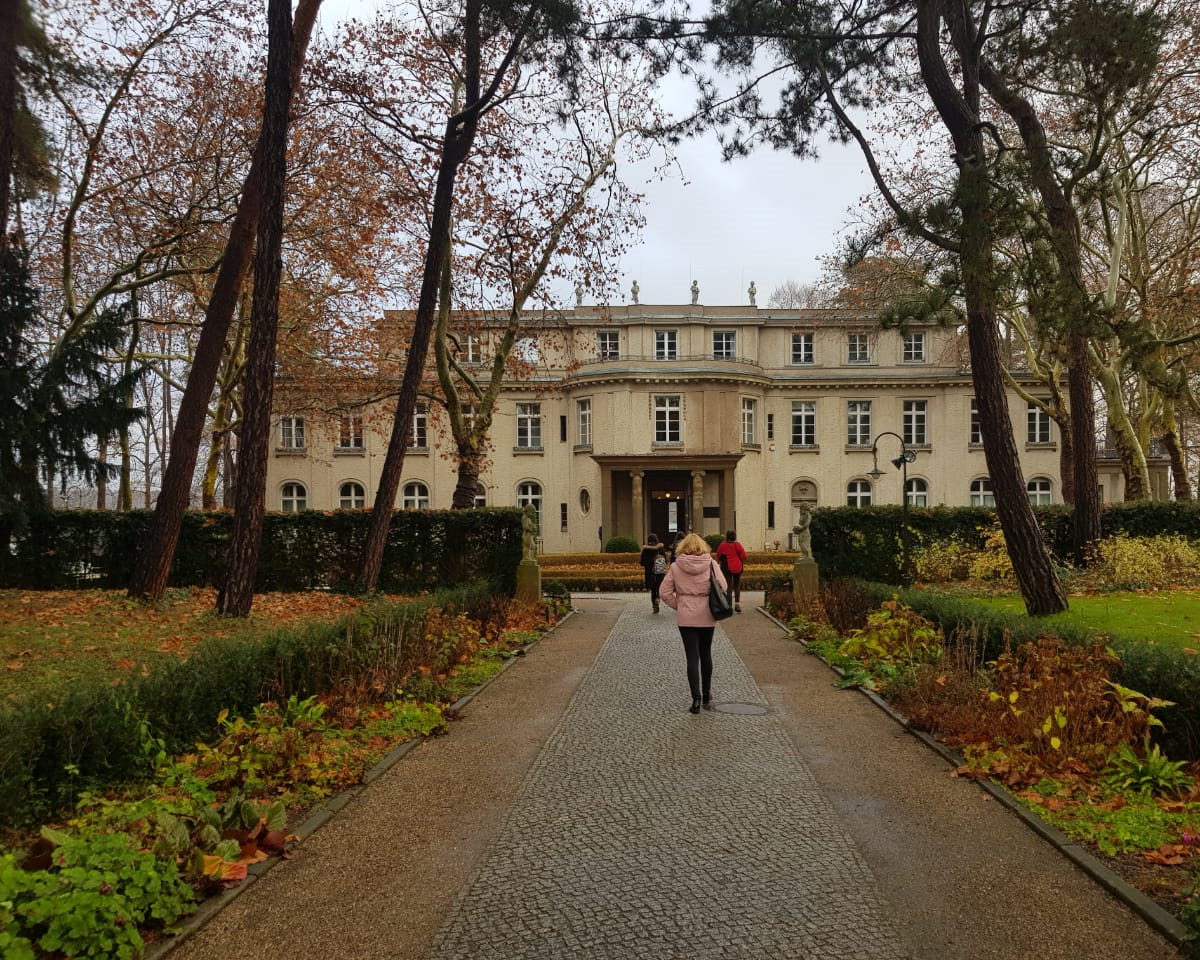
Reon van der Merwe
“The final exhibit that impacted me at Auschwitz, I was the exhibition filled with personal belongings from all the Jewish families taken to the camp. There was a morbid poetry behind these items, that told the story of people, each one with hopes and dreams for their unique future. But they were also proof of a future cut short…”
Tshegofatso Masenya
“Another picture [drawn by children in the camps] was that of birds. And I wondered if it signified the longing for the freedom that the birds had. Or if the birds in the sky were the only positive thing in their world because the world surrounding them was filled with gloom.”
Cassandra Da Cruz:
“Visiting Wannsee House reminded me of how the highest-ranked in a regime are comfortably sheltered from the reality of the horrors they have created, much like that of South Africa during Apartheid.”
Siphosethu Sidinili
“Being at the Wannsee House and in Nuremberg, it reminded me of how the greatest cruelty is always camouflaged in beauty and grandeur.”
Shannon Cupido
“Walking around the forest at Chelmno I attempted to read every single one of the plaques that loved ones of those murdered had put up. One read: “This is for our mother and sister, who were killed here, and for our father, who grieved them for the rest of his life”. I burst into tears, not only because of the horrors committed at the camp, but because those horrors resulted in family dinners and parties left unattended, kisses and hugs that were not given, lives and loves irrevocably disturbed and now captured in three or four sentences on plaques that however solemn and respectful and tender they might be can never come close to what the real thing must have looked, sounded, or felt like.”
